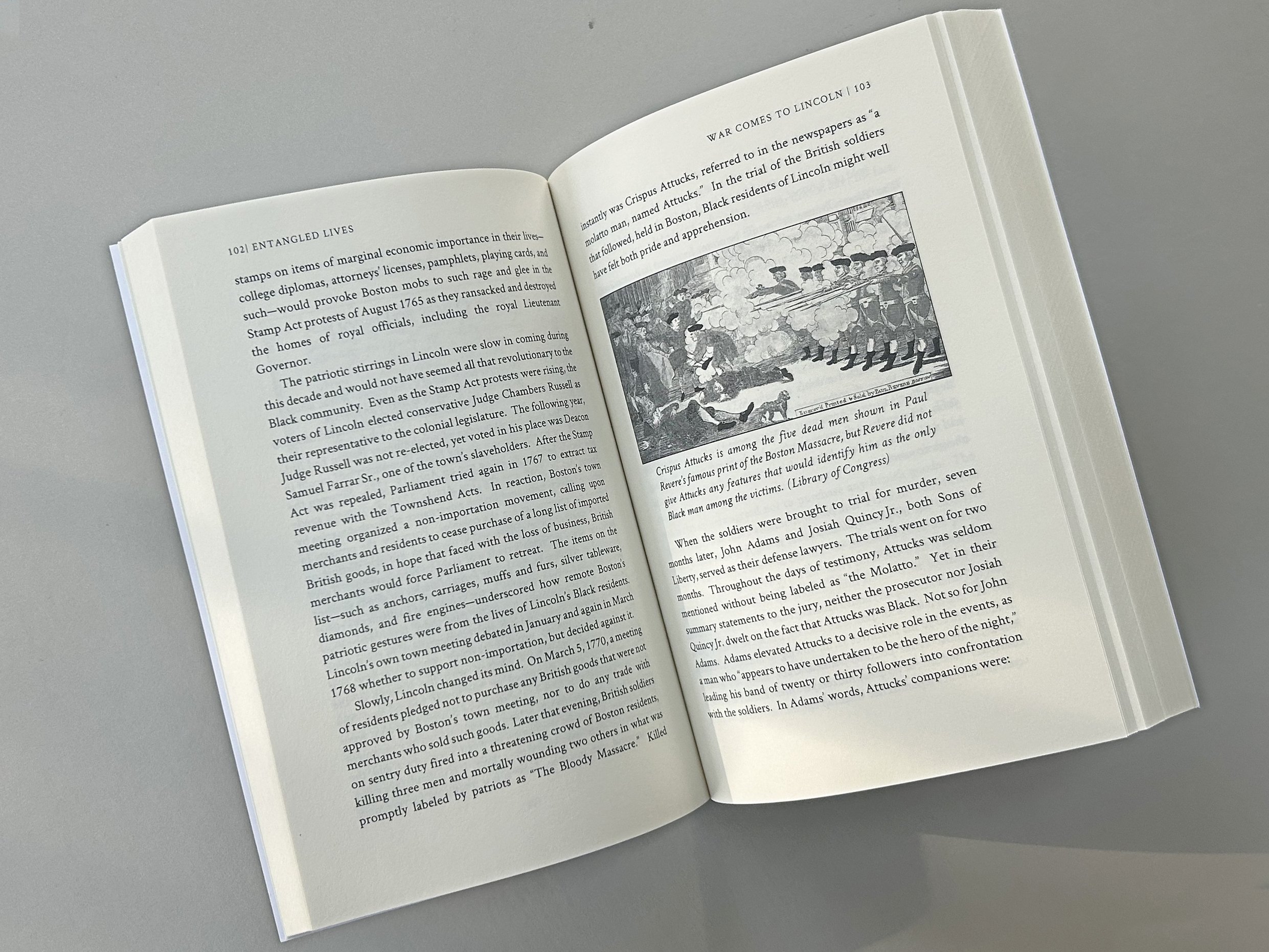In the eighteenth century, the town of Lincoln was a small community lying between Lexington and Concord in rural Massachusetts. Lincoln was the site of one of the most ferocious battles on April 19, 1775, the opening day of the American Revolution.
Lincoln had a significant community of Black residents, both enslaved and free, who helped the town thrive in the years before the Revolution. But as was so common in eighteenth‑century Massachusetts, little effort was made by the town of Lincoln to record even the most basic facts about its Black residents, whether free or enslaved, nor to acknowledge how their lives were intertwined with the white community around them. From town records, one would hardly know they existed. Lincoln’s Black population was not large, yet more than a hundred white residents lived under the same roof with an enslaved Black person, and vastly more mingled with their Black neighbors in church, in the market, and in the fields and workshops.
They lived entangled lives, Black and white, enslaved and free. Here are their stories.
Author Donald L. Hafner is a retired college professor and a member of the Lincoln Historical Society.



